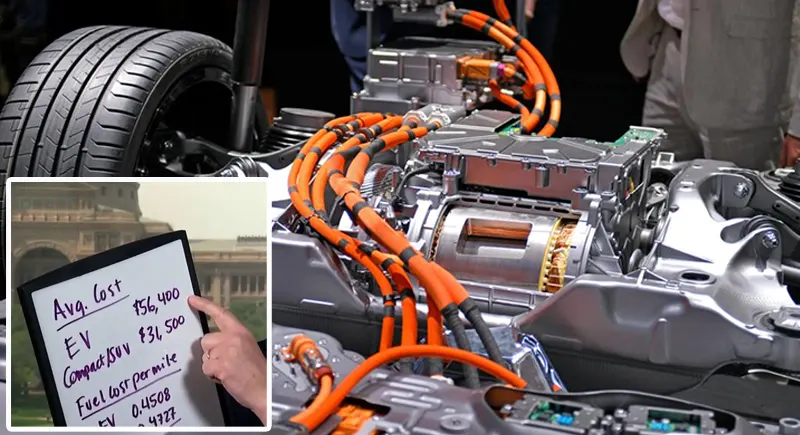The adoption of electric vehicles (EVs) is on the rise globally, driven by concerns over climate change and the shift towards sustainable transportation. A significant factor influencing the mass adoption of EVs is the cost of their batteries, often cited as one of the most expensive components of an electric vehicle. Understanding the factors that influence electric car battery cost per kilowatt-hour (kWh) in today’s evolving automotive markets is crucial for stakeholders across the industry.
1. Battery Chemistry and Technology Advancements
Impact: The type of battery chemistry used in electric vehicles plays a pivotal role in determining the cost per kWh. Lithium-ion batteries dominate the EV market due to their high energy density and relatively mature technology. However, advancements in battery chemistry, such as improvements in electrode materials, electrolytes, and manufacturing processes, can lead to cost reductions over time.
Management: Research and development investments by battery manufacturers and automotive companies focus on enhancing energy density, cycle life, and safety while reducing costs. Innovations in solid-state batteries and other emerging technologies hold promise for further cost reductions and performance improvements in the future.
2. Economies of Scale and Manufacturing Efficiency
Impact: The scale of production and manufacturing efficiency significantly impact battery costs. As production volumes increase and manufacturing processes become more streamlined, economies of scale drive down the cost per unit of battery capacity. Efficient production lines, automation, and standardized manufacturing processes also contribute to cost reductions.
Management: Strategic partnerships and collaborations among automakers, battery manufacturers, and suppliers aim to optimize supply chains and production capabilities. Government incentives and policies that promote domestic manufacturing and research further bolster economies of scale and reduce dependency on imported components.
3. Raw Material Prices and Supply Chain Dynamics
Impact: The cost of raw materials, such as lithium, cobalt, nickel, and graphite, directly influences battery manufacturing costs. Fluctuations in global commodity markets, geopolitical factors affecting supply chains, and evolving extraction technologies all impact the availability and cost of these critical materials.
Management: Diversification of raw material sources, recycling initiatives to recover valuable metals from end-of-life batteries, and research into alternative materials help mitigate supply chain risks and reduce dependency on specific minerals. Long-term contracts with suppliers and strategic stockpiling also provide stability amid market volatility.
4. Government Policies and Incentives
Impact: Government policies, regulations, and incentives play a pivotal role in shaping the cost dynamics of electric vehicle batteries. Subsidies, tax credits, and grants aimed at promoting EV adoption and supporting battery manufacturing can significantly reduce upfront costs for consumers and stimulate market demand.
Management: Policy-makers collaborate with industry stakeholders to design effective incentive programs and regulatory frameworks that foster innovation, investment, and consumer confidence in electric vehicles. Long-term policy stability and predictability are crucial for attracting investments in battery manufacturing infrastructure and research.
5. Technological Innovation and Research Investments
Impact: Continued research and development in battery technology drive advancements in energy density, safety, and longevity, thereby influencing costs. Investments in research institutions, universities, and private sector initiatives accelerate the pace of innovation and pave the way for next-generation battery technologies.
Management: Public-private partnerships, research grants, and venture capital investments support breakthroughs in battery materials, manufacturing processes, and recycling technologies. Collaboration across borders and sectors facilitates knowledge sharing and accelerates the commercialization of new battery technologies.
Finally, the cost per kilowatt-hour of electric vehicle batteries is a critical determinant of the affordability and competitiveness of electric vehicles in the automotive market. Factors such as battery chemistry advancements, economies of scale in manufacturing, raw material prices, government policies, and technological innovations all contribute to the evolving landscape of battery costs. As these factors continue to evolve, stakeholders in the automotive industry must collaborate and innovate to achieve cost reductions, drive market growth, and accelerate the transition to sustainable transportation solutions worldwide.











